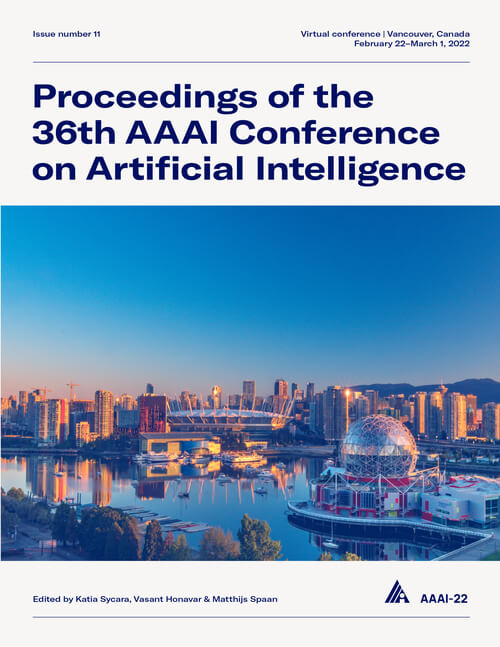Stochastic Goal Recognition Design Problems with Suboptimal Agents
DOI:
https://doi.org/10.1609/aaai.v36i9.21233Keywords:
Planning, Routing, And Scheduling (PRS)Abstract
Goal Recognition Design (GRD) problems identify the minimum number of environmental modifications aiming to force an interacting agent to reveal its goal as early as possible. Researchers proposed several extensions to the original model, some of them handling stochastic agent action outcomes. While this generalization is useful, it assumes optimal acting agents, which limits its applicability to more realistic scenarios. This paper presents the Suboptimal Stochastic GRD model, where we consider boundedly rational agents that, due to limited resources, might follow a suboptimal policy. Inspired by theories on human behavior asserting that humans are (close to) optimal when making perceptual decisions, we assume the chosen policy has at most m suboptimal actions. Our contribution includes (I) Extending the stochastic goal recognition design framework by supporting suboptimal agents in cases where an observer has either full or partial observability; (ii) Presenting methods to evaluate the ambiguity of the model under these assumptions; and (iii) Evaluating our approach on a range of benchmark applications.Downloads
Published
2022-06-28
How to Cite
Wayllace, C., & Yeoh, W. (2022). Stochastic Goal Recognition Design Problems with Suboptimal Agents. Proceedings of the AAAI Conference on Artificial Intelligence, 36(9), 9953-9961. https://doi.org/10.1609/aaai.v36i9.21233
Issue
Section
AAAI Technical Track on Planning, Routing, and Scheduling

